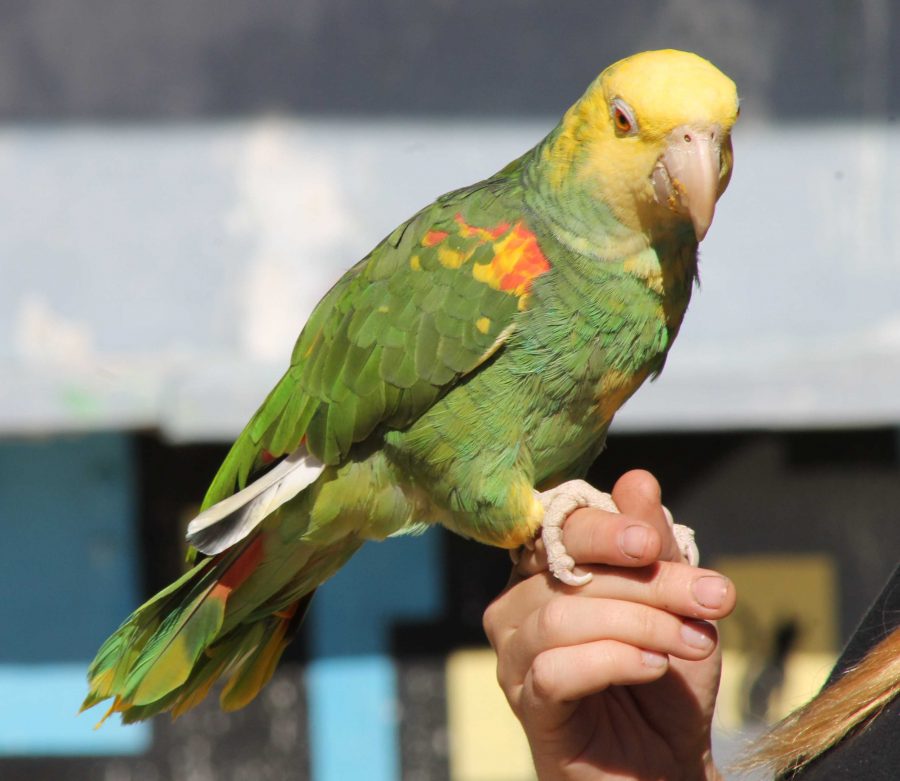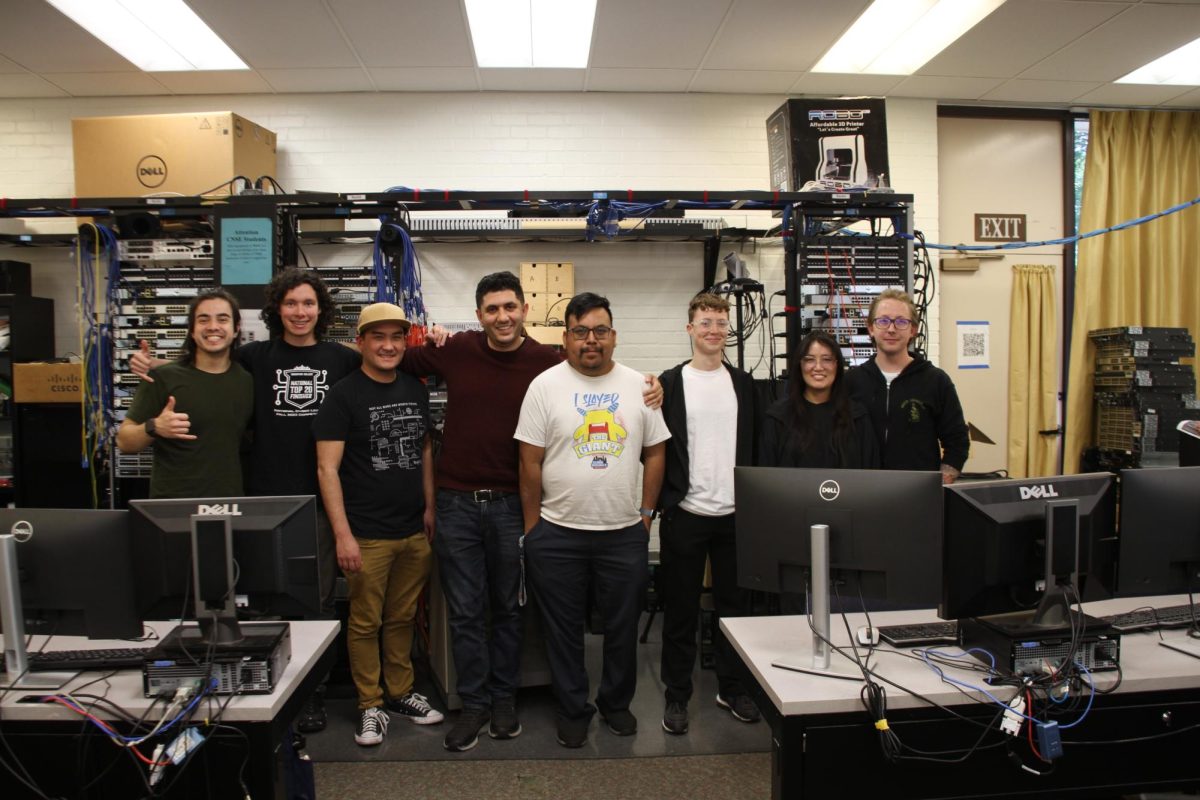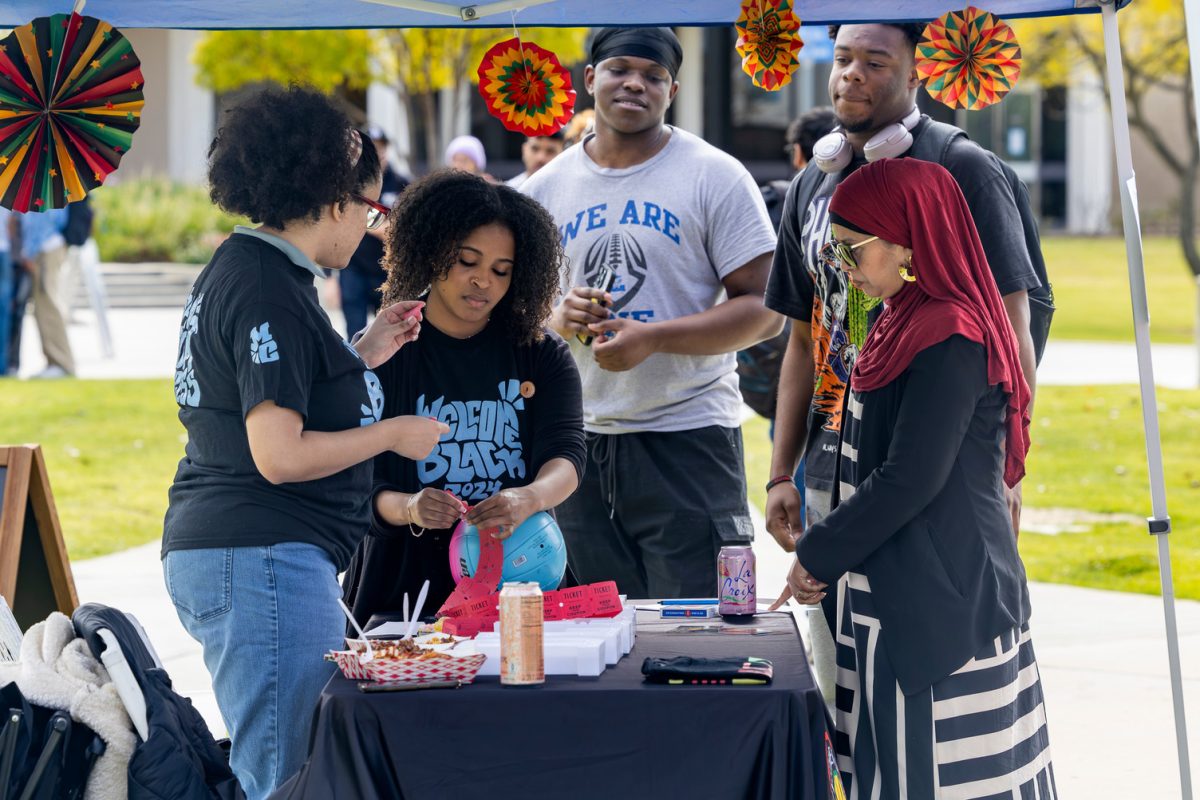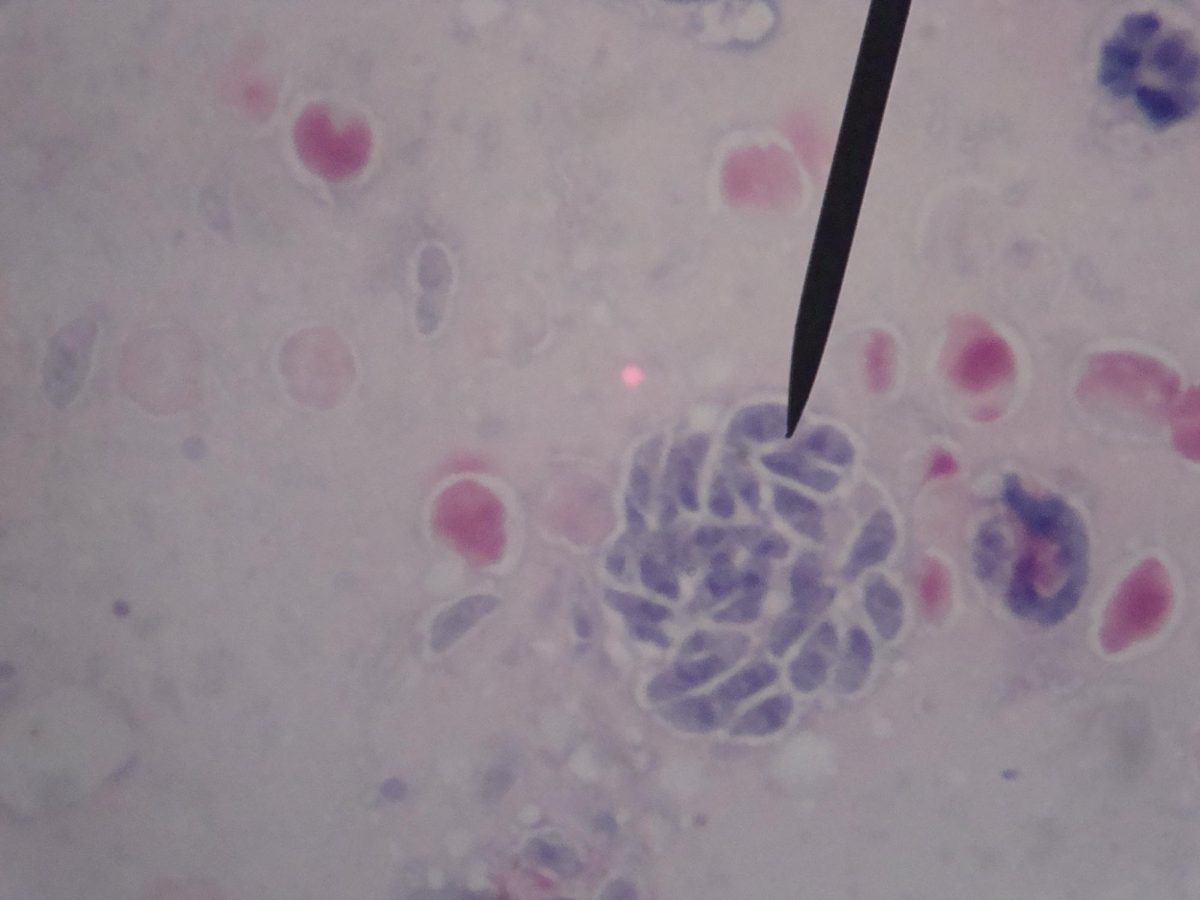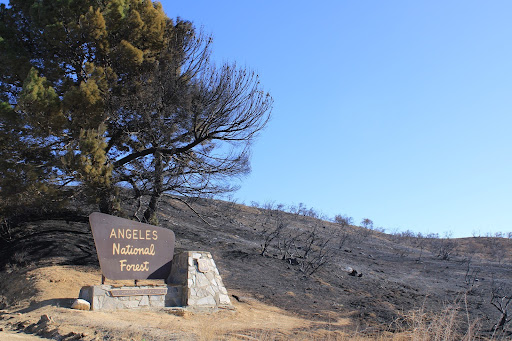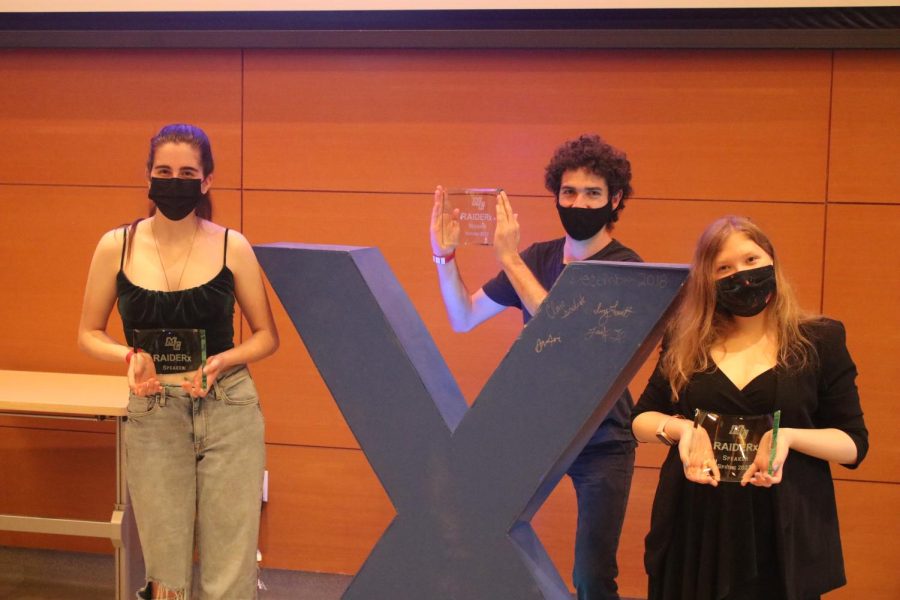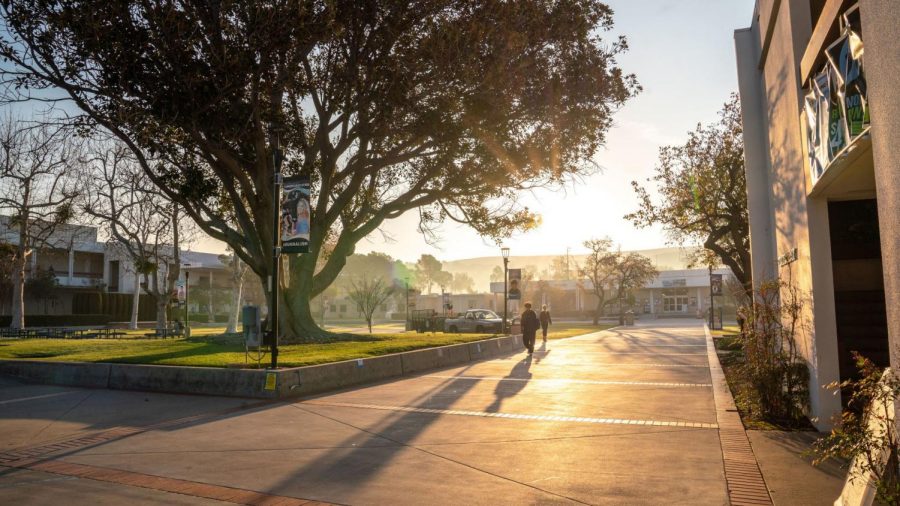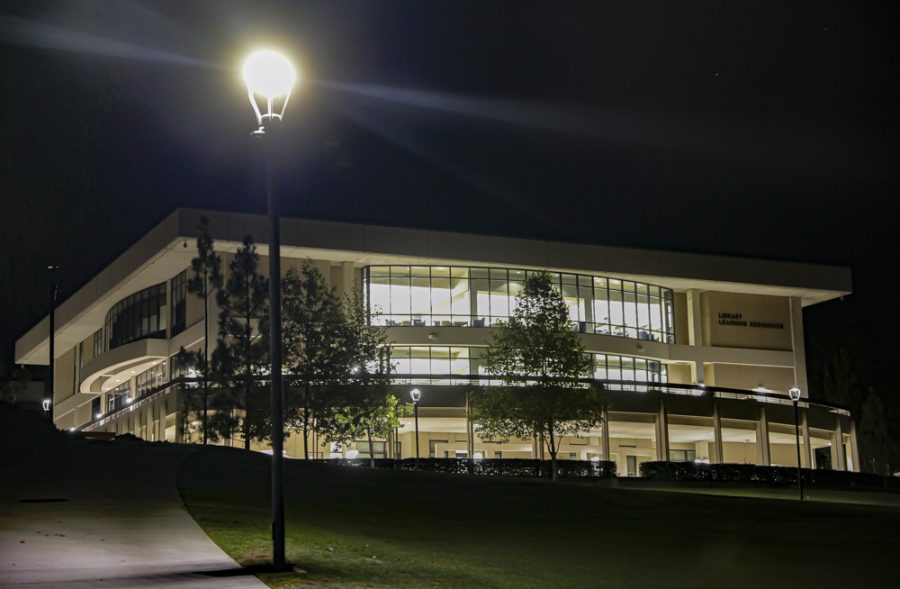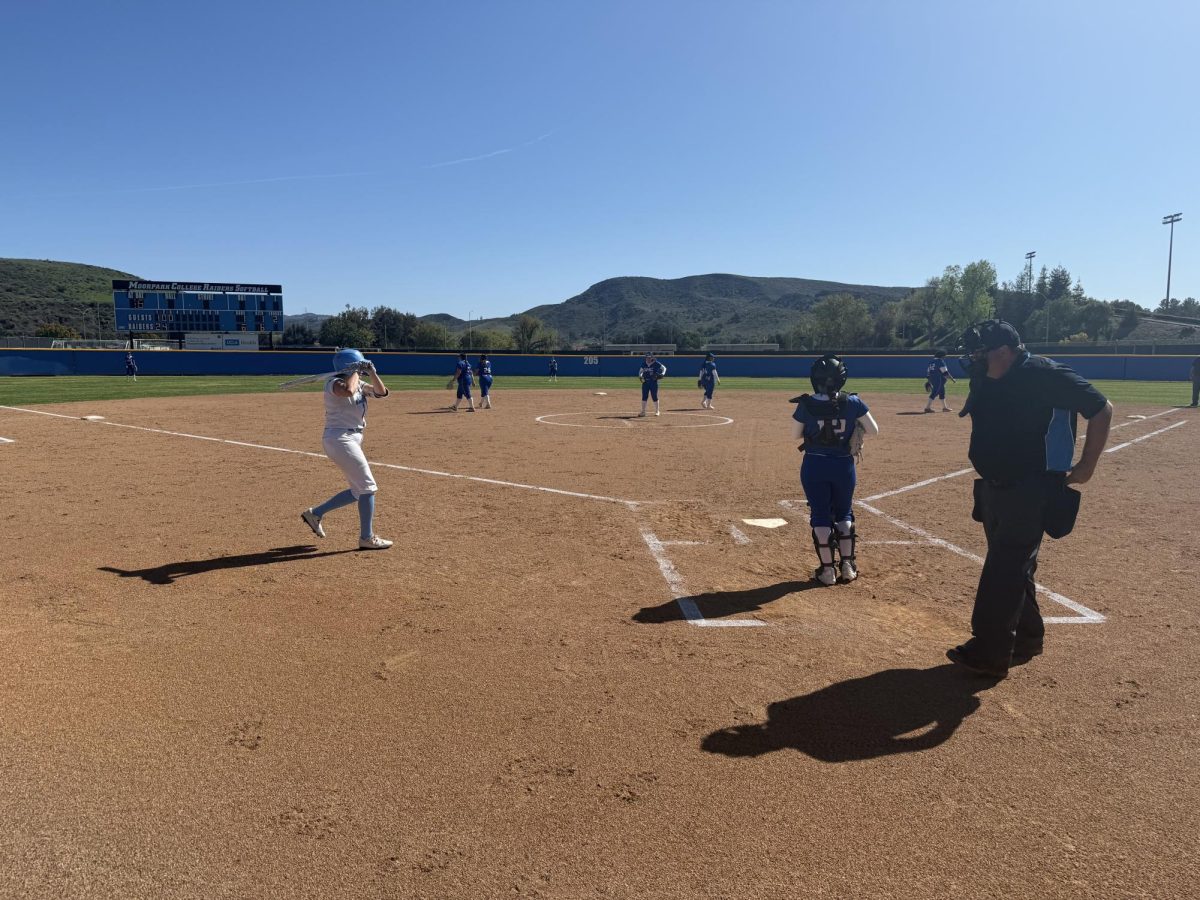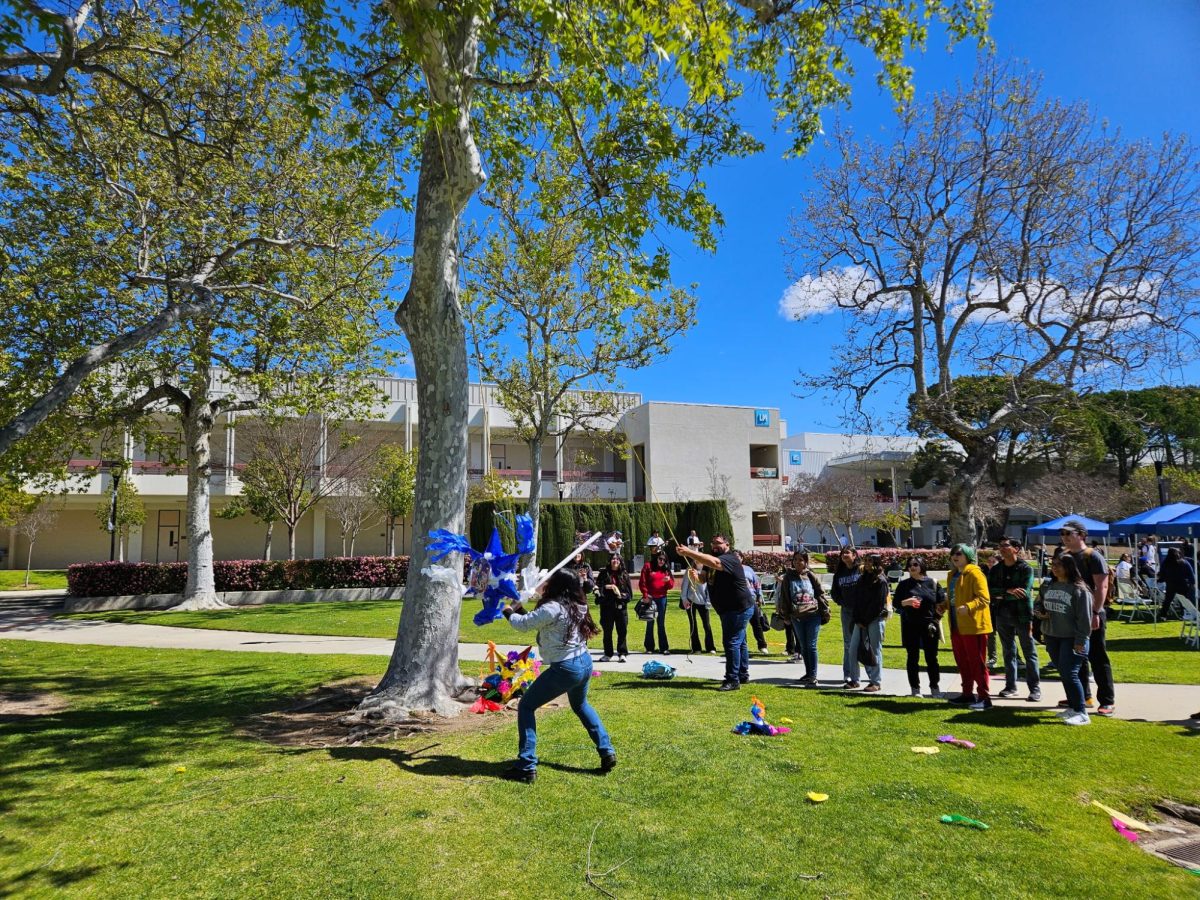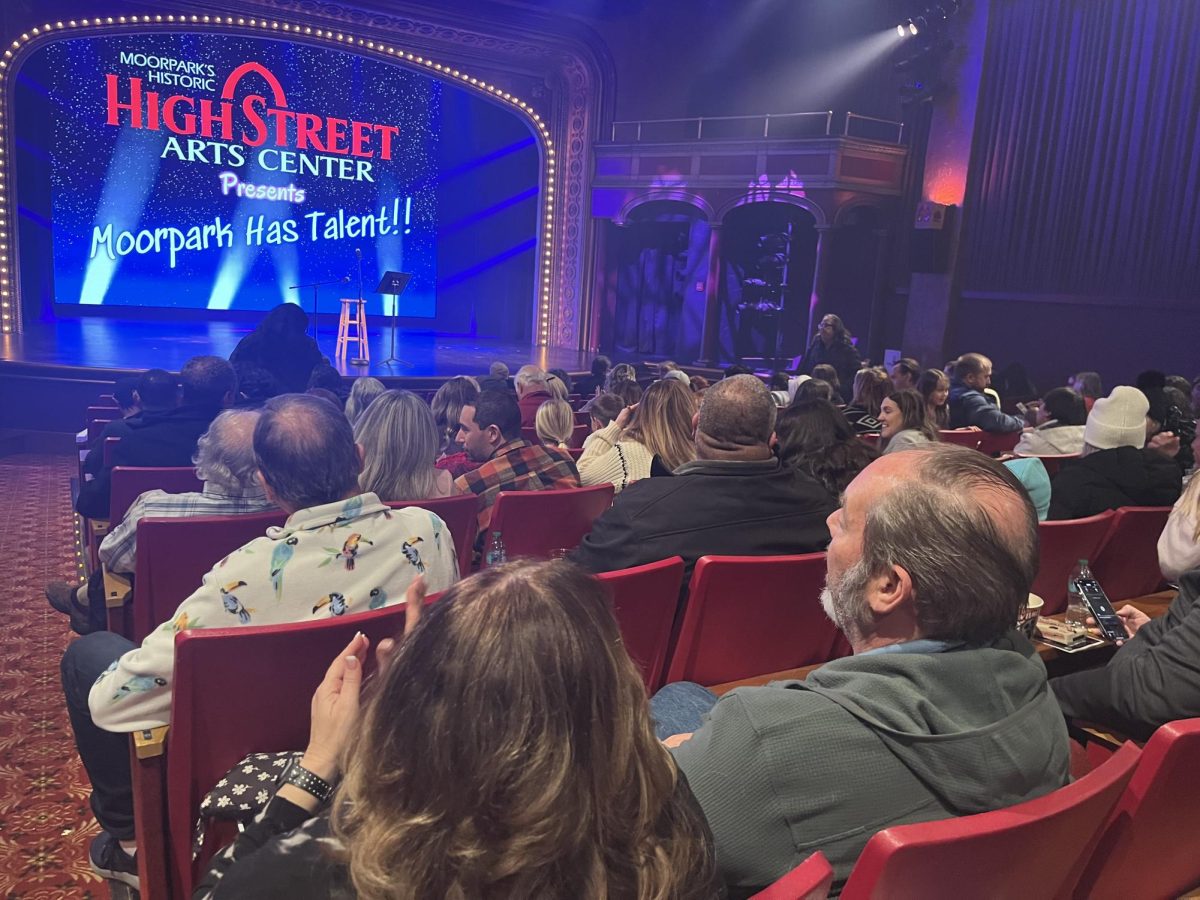Expanding animal enclosures and adding new habitats such as a marine mammal area is what America’s Teaching Zoo has in store, in a conceptual plan.
The plan is called the Exotic Animal and Training Management facility’s Master Plan, which was approved by the Ventura County Community College Board of Trustees on Oct. 13, 2015.
According to Zoo Operations Supervisor Michlyn Hines, the zoo is looking for ways to determine the cost analysis, then they will hire consultants to help with the capital campaign in order to raise funds for the actual expansion. The zoo won’t be doing any detailed exhibit planning after the capital campaign.
Mara Rodriguez, zoo operations staff and instructional lab technician, takes a realistic look at the time and budget restraints of such a large undertaking.
“Obviously money doesn’t grow on trees and we know that we are not going to be able to complete everything in five years,” said Rodriguez. “But what that really was, was a representation of the very best that we could offer the community, the students and the animals.”
Along with the creation of bigger exhibits for existing animals, three new kinds of exhibits are included in the Master Plan: a California Habitat, an exotic hoofstock area for larger herd animals such as antelopes and even a marine mammal exhibit for the possible addition of a sea lion.
“We used to have a sea lion here for close to thirty years and she was a very special part of the community, honestly,” Rodriguez said. “When she passed away a few years ago it was like the community lost a friend.”
Hines stresses how important public participation and support is for the zoo, so that the expansion may be possible.
“All the different events that we do here in the zoo generates income and we funded the actual Master Plan ourselves,” she said. “It wasn’t paid for.”
The master plan was funded completely by the zoo, using money gained through selling tickets to visitors, planning private parties and doing events that bring in large crowds, such as the campus lion Ira’s recent second birthday celebration.
One of the things that makes the zoo special is the intimate behind-the-scenes experience the zoo gives visitors, said Hines. She believes it is of the utmost importance that, despite the changes and the expanding, the zoo does not change this type of close animal, trainer and guest interaction.
“Behind-the-scenes is front and center here, because that’s what attracts our guests,” said Hines. “They love having the interaction with our students and our students love teaching them.”

